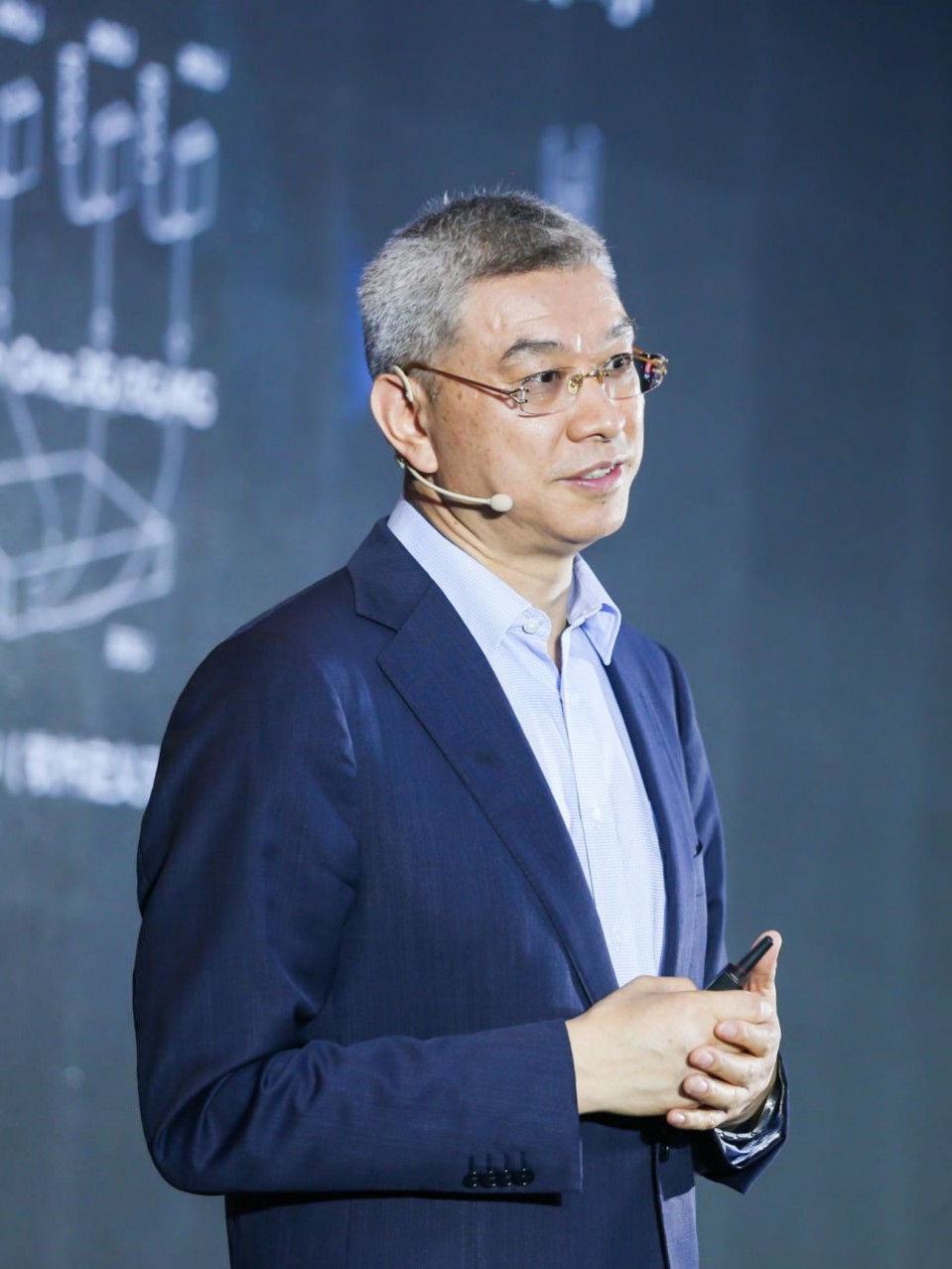Computing / Microchips
Huawei is giving $300 million a year to universities with no strings attached
Its new fundamental research division could help the company regain international favor and outmaneuver the US.



In just the past week, the US’s stance on China’s Huawei has become very confused. On Saturday, during the G20 summit, President Donald Trump announced that he would ease restrictions on the company, allowing US companies to sell goods to it once again. But by Tuesday an email sent to the Commerce Department’s enforcement staff, seen by Reuters, reiterated that Huawei should still be treated as on the blacklist.
While the US sorts out its posture, the embattled Chinese tech giant isn’t taking any chances. Over the last few months, it has mobilized a new global research strategy, which could help it wean its dependence on the US and strengthen its connections elsewhere. Should it succeed in weathering America’s offensive, Trump’s plan to starve out the company would have wholly backfired. Not only that, but Huawei’s success would have carved out a new path for other Chinese tech companies to follow, weakening the US’s influence and role in global technology research.
In April, amid mounting tensions with the US, Huawei formed a new division called the Institute of Strategic Research to advance fundamental research. Last weekend, on the MIT Technology Review event stage and in an interview, Xu Wenwei, the institute’s newly appointed president and the director of Huawei’s board, explained that the division would champion the company’s new era, called “Innovation 2.0.”
Whereas Innovation 1.0 focused on making good consumer products, 2.0 will seek to advance fundamental research on information and communications technology. As part of this focus, it will pour $300 million a year into university labs around the world over the next five to 10 years. Specifically, it will look to invest in areas like optical computing, better algorithms, and more efficient databases. Ultimately, such research advancements would then feed back into Huawei’s products, perhaps helping turn its smartphones into intelligent devices for monitoring and processing biometric health data.
“The industry is currently facing a lot of fundamental research challenges,” said Xu. “For example, it is hitting the limitations of Moore’s Law. Under these circumstances, universities and research institutions must collaborate together with industry.”
Xu emphasized that the institute is a natural continuation of the company’s existing research collaborations. But it’s likely no coincidence that Huawei chose to formalize its international outreach just when China’s relationship with the US began to go south.
Nearly half of its revenue comes from overseas; close to 60% of that comes from Europe, where many countries are closely allied with the US. By pumping more money into university research labs overseas, the company may hope to bolster its international reputation and counteract any long-term negative financial impact while accelerating its move away from American technologies.
Huawei’s new investment model also seems designed to win back research friends and allies in the face of US pressure. The company will not ask for returns or a share of the IP from labs that accept its funding, said Xu—an unusual and alluring proposition. Instead, the company hopes the money will help professors pursue fundamental research and publish academic papers to share knowledge with the rest of the industry.
“How will that help us?” asked Xu. “Once professors publish their papers, we will know the most cutting-edge direction in the field. Then we will be able to use engineering innovation to turn that knowledge into products.”
Undoubtedly such a seemingly generous approach to global research will also help Huawei win some points in the ongoing PR war with the US. By emphasizing an open and collaborative philosophy, Huawei presents itself as a foil to the US and paints the country’s tight-fisted stance on research and technology as antithetical to the spirit of innovation.
Huawei is now in a precarious situation: last month its CEO, Ren Zhengfei, projected that the US blacklist would cost the company $30 billion. But the company is determined to recover. It already has a strong research core, with 45% of its workforce involved in R&D, according to its website, and it has rapidly increased its investments in building up a full tech stack, especially in the field of AI. Last year, company officials said that it planned to more than double annual R&D spending to between $15 and $20 billion, a sum that would catapult the company to between fifth and second place in worldwide spending on R&D.
Should Huawei succeed, it would be a big blow to the US’s strong-arm tactics to rein in the company—and China’s tech industry overall. It would make the US look foolish and offer an example to other Chinese companies of how to survive being blacklisted. It could also weaken US leadership in global research. Many in China see Huawei as a source of national pride and think the US is scapegoating the company unfairly. The resentment has already led to a drop in iPhone sales and an uptick in Huawei sales, and it could have similar knock-on effects in the research community. Chinese tech companies reluctant to collaborate with American researchers could take their funding and seek collaborations elsewhere.
During the interview, Xu seemed unfazed by the impact of US-China relations on Huawei, mentioning it only once in passing. Through omission, he made clear that the company would continue to press forward with or without American support.
“Science doesn't have borders,” he said. “By nature, it requires global collaboration. By nature, it must be unrestrained.”